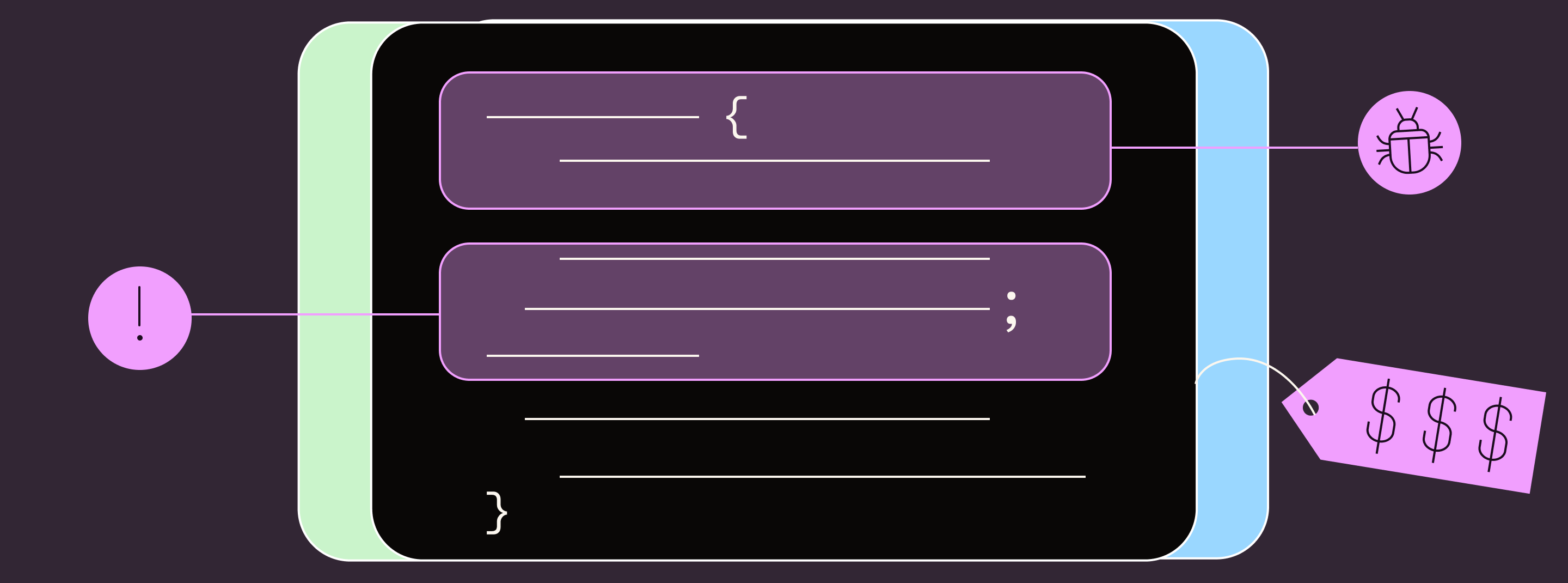In the fast-paced world of software development, dead code is a silent but costly adversary. It’s an insidious form of technical debt that can significantly impact your business’s efficiency, time, and finances. Here’s a closer look at the repercussions of neglecting dead code:
Adds to Code Complexity
Dead code contributes to the complexity of your codebase, making it harder for developers to understand and work with the software. Complex code increases the cognitive load on developers, making it challenging to debug, test, and maintain the system. This complexity can lead to slower development cycles, longer mitigation times, and a higher likelihood of introducing new bugs.
Makes Onboarding New Folks Harder
Onboarding new developers is crucial for any growing company, but a cluttered codebase filled with dead code can make this process daunting. New team members must spend extra time deciphering which parts of the code are active and which are obsolete. This slows down their ramp-up time and decreases overall productivity.
Wasted Time on Migration
We recently heard from a company that they spent two months migrating dead code from Objective-C to Swift. This effort, which could have been avoided if the codebase was kept lean and clean, represents a significant waste of time and resources. Instead of focusing on innovation and new features, their team was bogged down by the tedious task of migrating irrelevant code.
This kind of scenario highlights the broader impact that dead code can have across various organizations, emphasizing the need for proactive tech debt management. Regrettably, effective tools for detecting and cleaning up dead code are currently lacking in the market.
Incidents Due to Dead Code
Dead code isn’t just a nuisance; it can also be a source of production incidents. For example, dormant code paths can introduce hidden bugs that are hard to trace and fix when those code paths are accidentally turned on by bad configuration or feature flag changes or incidents in the configuration or feature flag management system. These incidents can lead to downtime, affecting customer satisfaction and potentially causing financial losses.
The Bottom Line: Time and Money
The ultimate consequence of dead code is its impact on your business’s bottom line. Time spent managing, migrating, and debugging dead code is time taken away from developing new features and improving product quality. This inefficiency translates directly into higher operational costs and lost revenue opportunities. According to the Stripe Developer Coefficient report, inefficient developer workflows, including dealing with technical debt, can cost businesses up to $85 billion annually.
To put this into perspective, let’s consider a typical mid-sized software company with 50 developers. If dead code and other technical debt cause each developer to spend just 25-40% of their time on tech debt, that’s the equivalent of 12 - 20 developers’ full-time work being wasted. Assuming an average developer salary of $200,000 - $400,000 per year, this translates to a direct cost of $2.4M to $8.0M annually. This does not account for the indirect costs, such as delayed time-to-market and lost revenue opportunities, which can further amplify the financial impact.
Specific Costs of Dead Code
Each snippet of dead code can be a ticking time bomb. Here’s a breakdown of its costs:
Instability: Dead code contributes to software instability. A single snippet of dead code can introduce bugs or conflicts with active code, leading to unexpected behavior. Each incident caused by dead code can result in downtime, impacting customer experience and potentially leading to financial penalties or loss of trust.
Time to Remove: Removing dead code is not a straightforward task. It often requires a thorough understanding of the codebase to ensure that the removal doesn’t break any dependencies. The time taken to safely remove a snippet of dead code can range from several hours to days, depending on its complexity and integration with other parts of the system. This time could be better spent on developing new features or improving existing ones.
In conclusion, dead code is more than just a minor inconvenience; it’s a significant business risk. Addressing it proactively can save your company valuable time and money, streamline onboarding processes, and prevent costly incidents. Investing in tools and processes to manage and eliminate dead code is crucial for maintaining a productive and efficient environment.

How Gitar Can Help
At Gitar, we help companies identify and eliminate dead code, ensuring your codebase remains clean and manageable. Our developer-oriented products focus on removing dead code and stale feature flags, streamlining your development process, and reducing technical debt.
By leveraging our tools, you can prevent the negative impacts of dead code, from increased complexity and onboarding challenges to wasted migration efforts and production incidents. Gitar enables your team to concentrate on innovation and feature development, ultimately boosting productivity and enhancing product quality.
To learn more about how we can assist you in managing technical debt and maintaining a competitive edge, contact us here or join our community slack channel.

